Details of the Target
General Information of Target
Target Site Mutations in Different Cell Lines
Probe(s) Labeling This Target
ABPP Probe
| Probe name | Structure | Binding Site(Ratio) | Interaction ID | Ref | |
|---|---|---|---|---|---|
|
TH211 Probe Info |
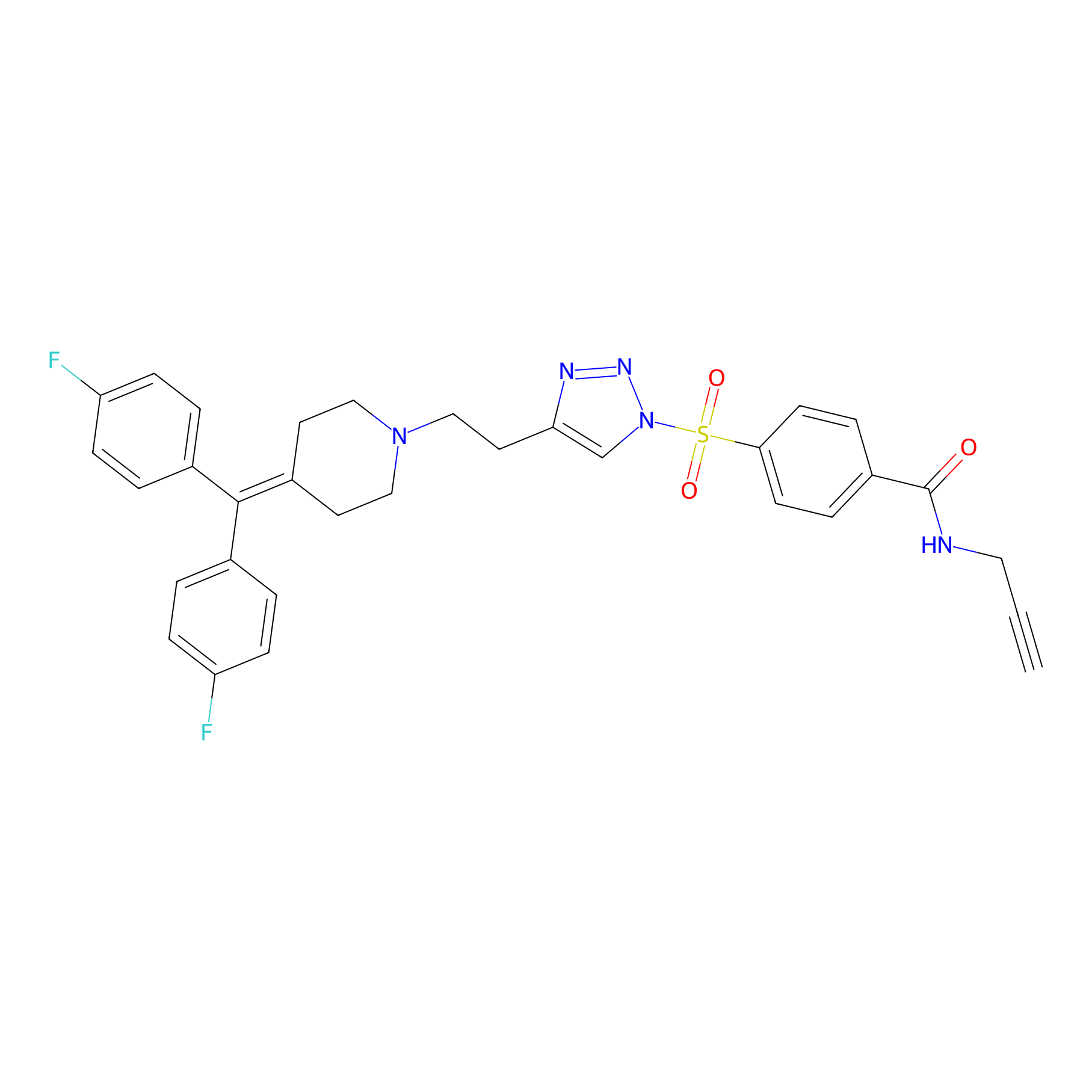 |
Y164(17.05); Y506(10.38); Y292(5.83) | LDD0260 | [1] | |
|
STPyne Probe Info |
 |
K504(1.02) | LDD2219 | [2] | |
|
DBIA Probe Info |
 |
CAmbiguous(4.71); C346(8.77); C84(4.06); C249(9.48) | LDD0209 | [3] | |
|
4-Iodoacetamidophenylacetylene Probe Info |
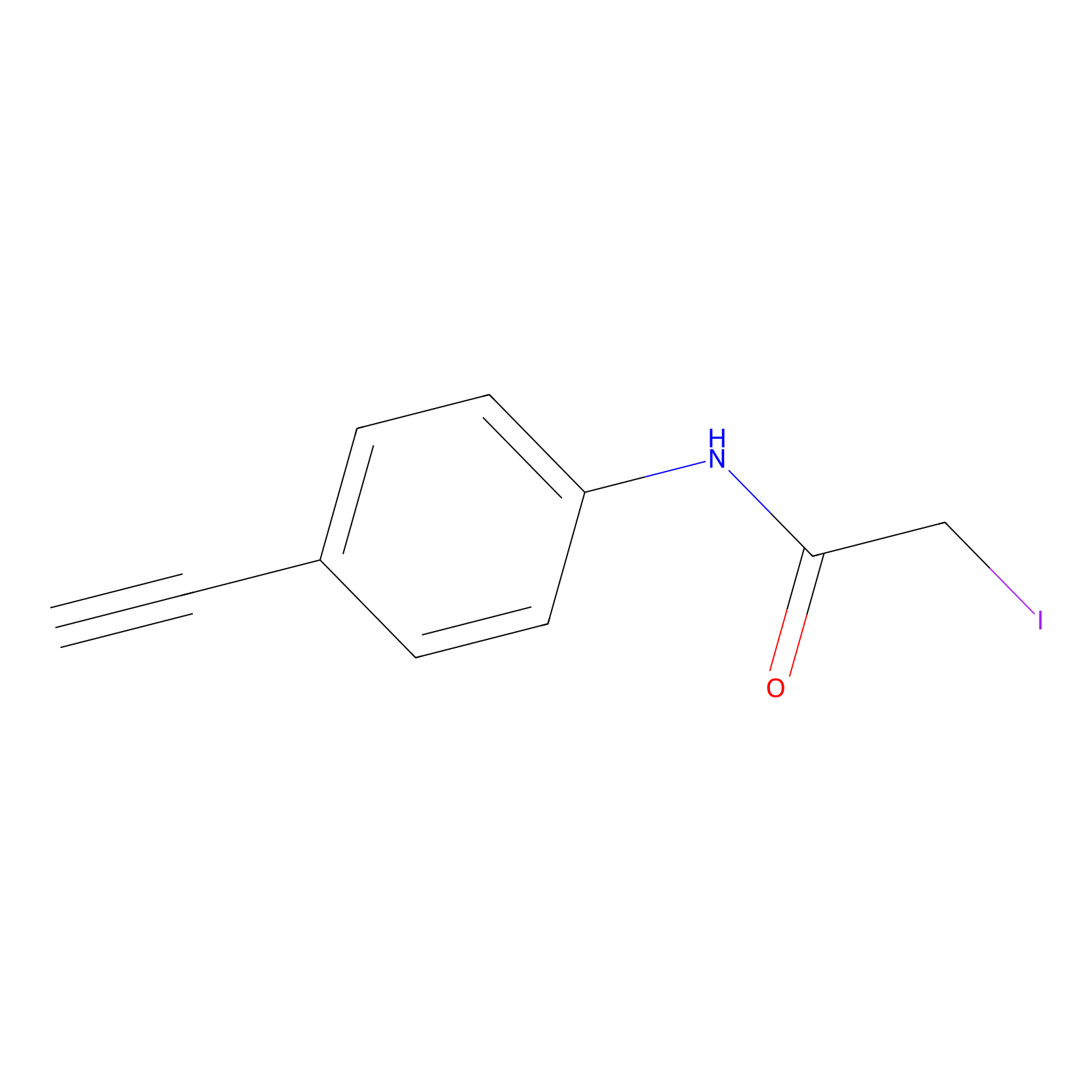 |
C596(0.00); C249(0.00); C346(0.00); C96(0.00) | LDD0038 | [4] | |
|
IA-alkyne Probe Info |
 |
C596(0.00); C249(0.00); C78(0.00); C84(0.00) | LDD0036 | [4] | |
|
IPIAA_H Probe Info |
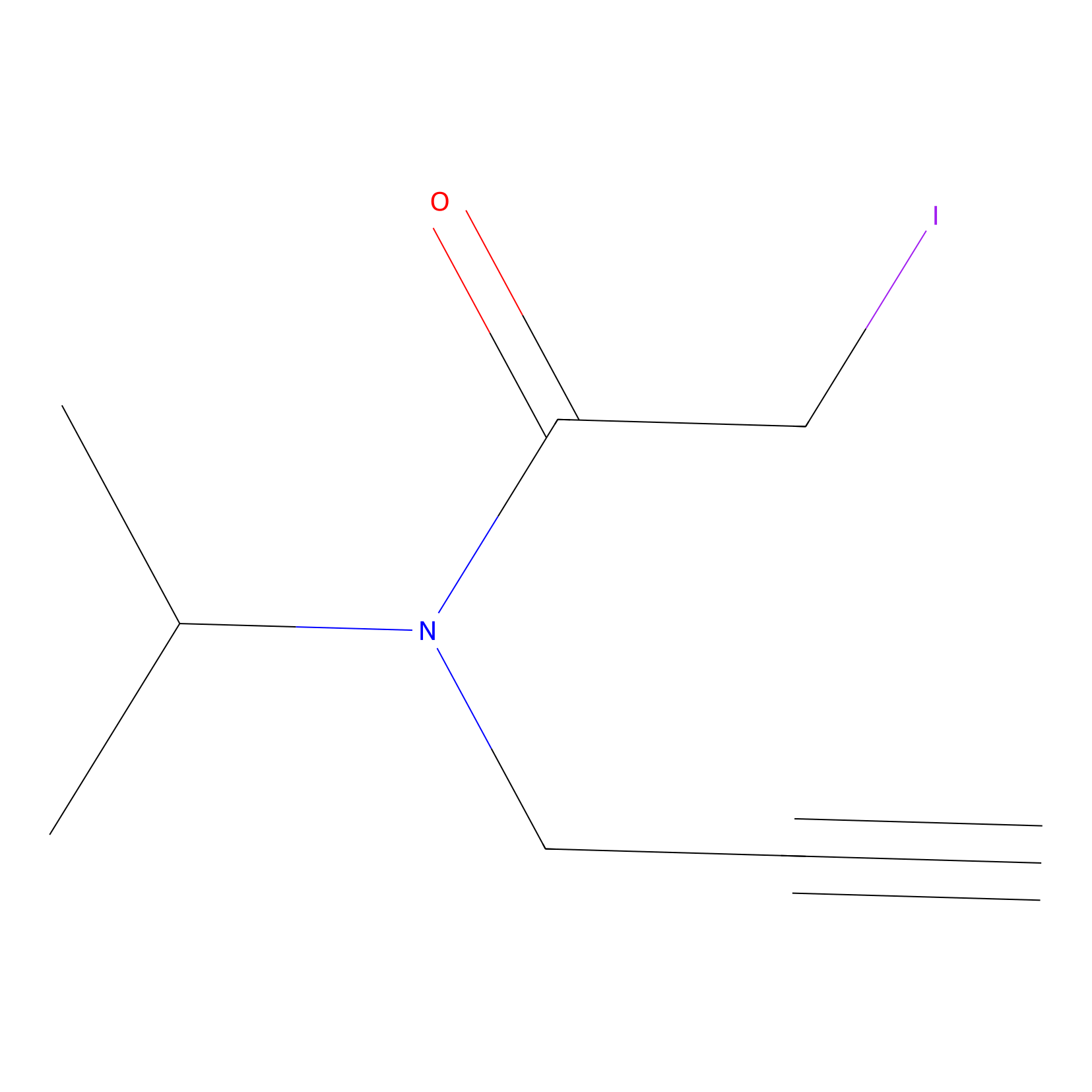 |
C96(0.00); C405(0.00); C222(0.00) | LDD0030 | [5] | |
|
IPIAA_L Probe Info |
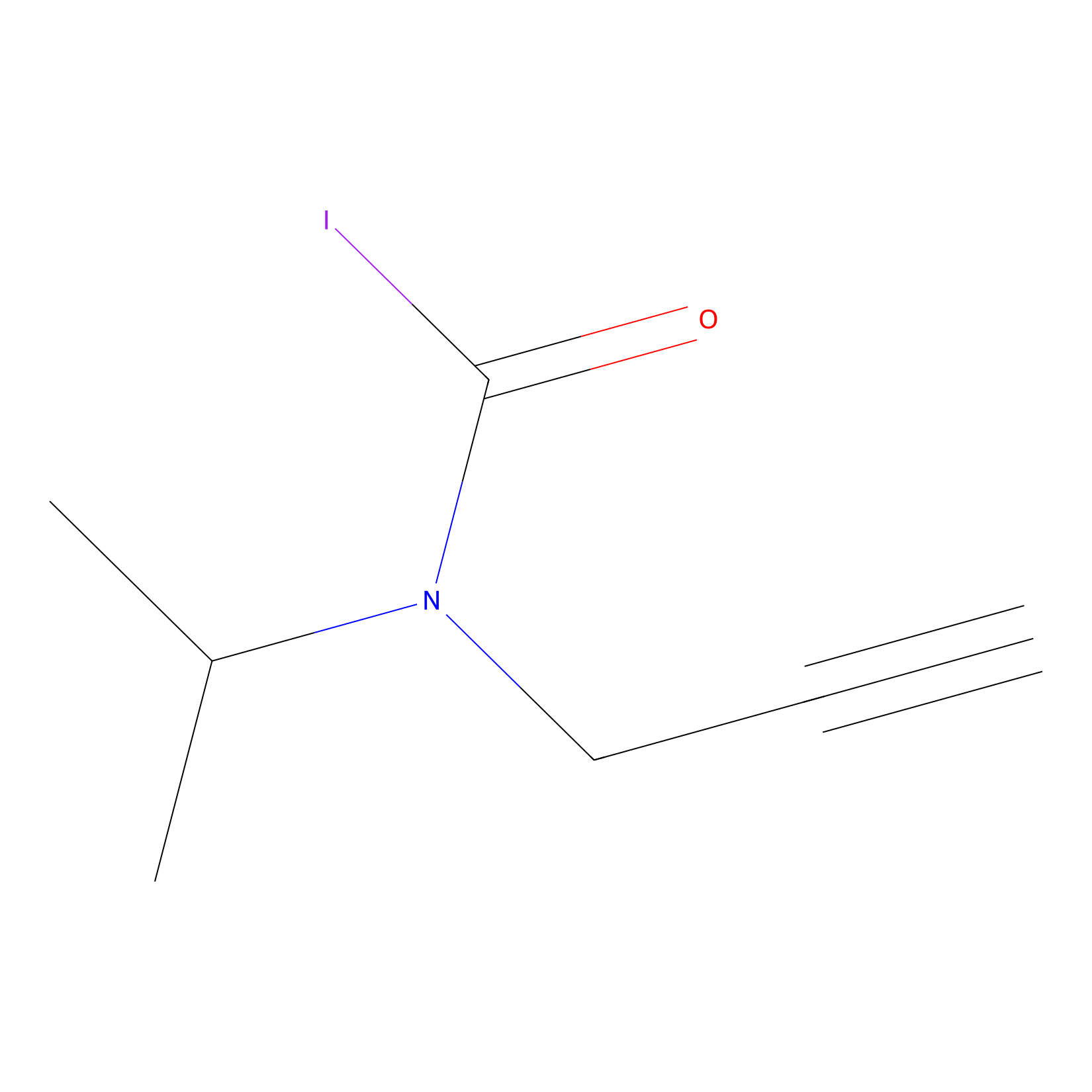 |
C102(0.00); C78(0.00); C222(0.00); C405(0.00) | LDD0031 | [5] | |
|
Lodoacetamide azide Probe Info |
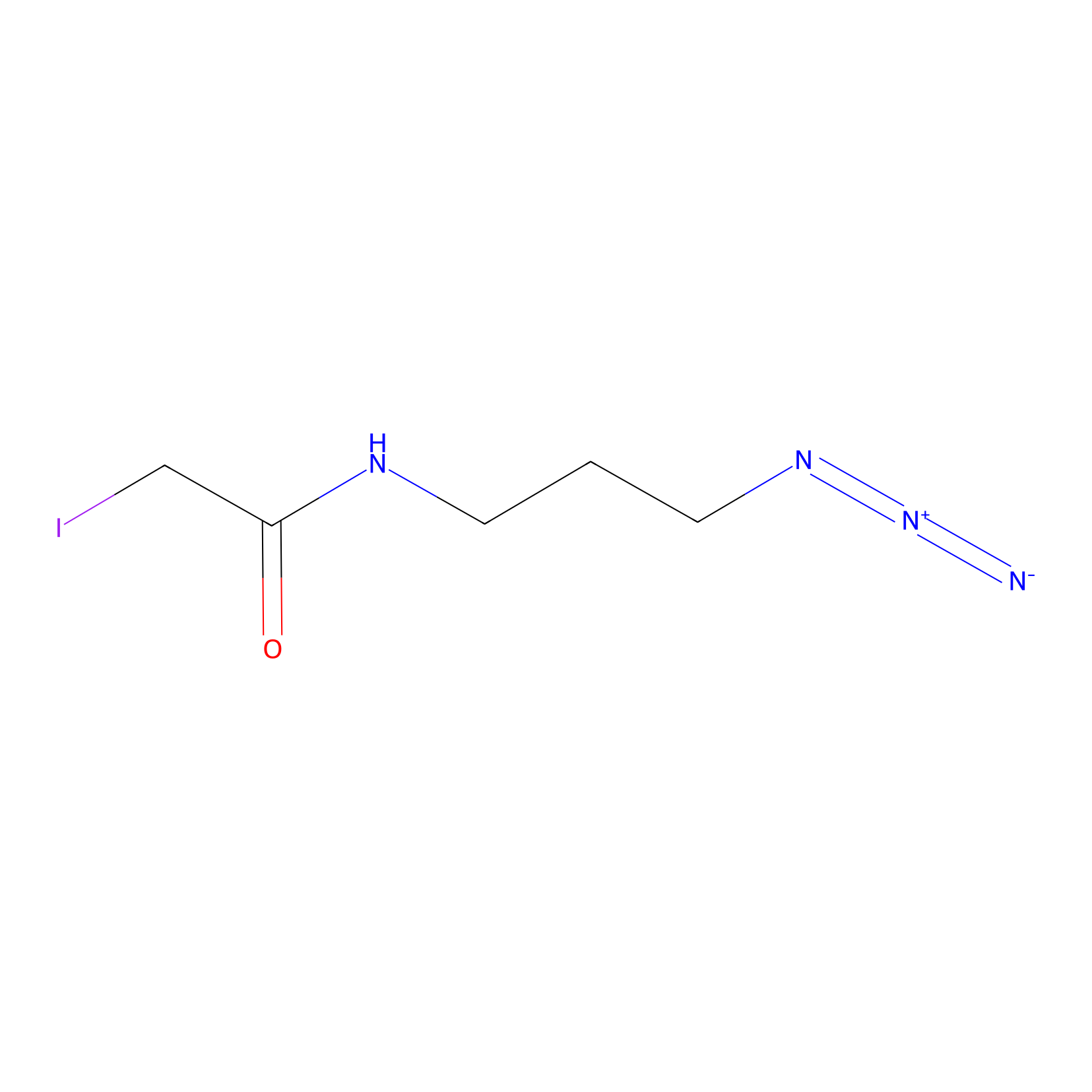 |
C596(0.00); C249(0.00); C346(0.00); C96(0.00) | LDD0037 | [4] | |
|
Compound 10 Probe Info |
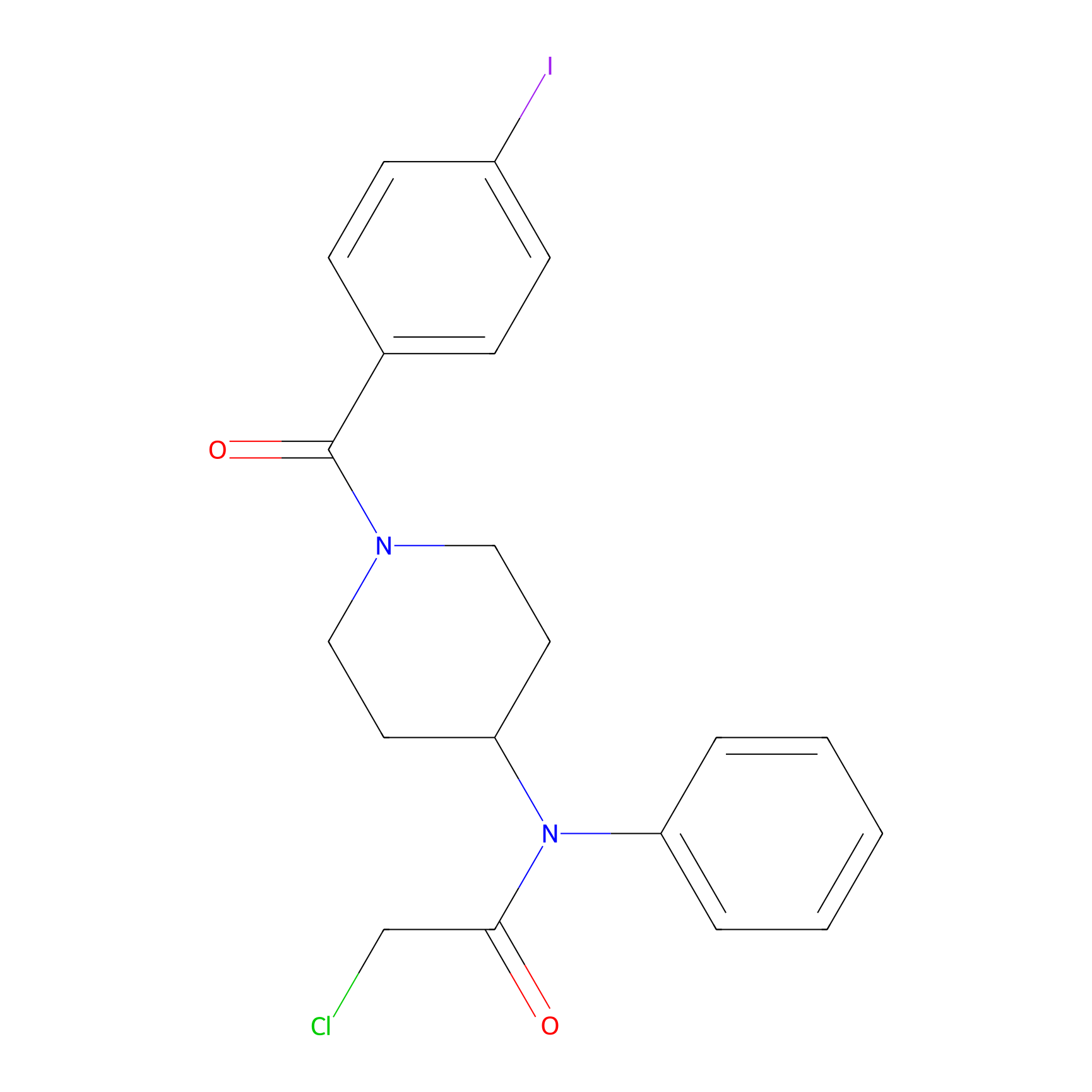 |
C117(0.00); C249(0.00); C254(0.00); C510(0.00) | LDD2216 | [6] | |
|
Compound 11 Probe Info |
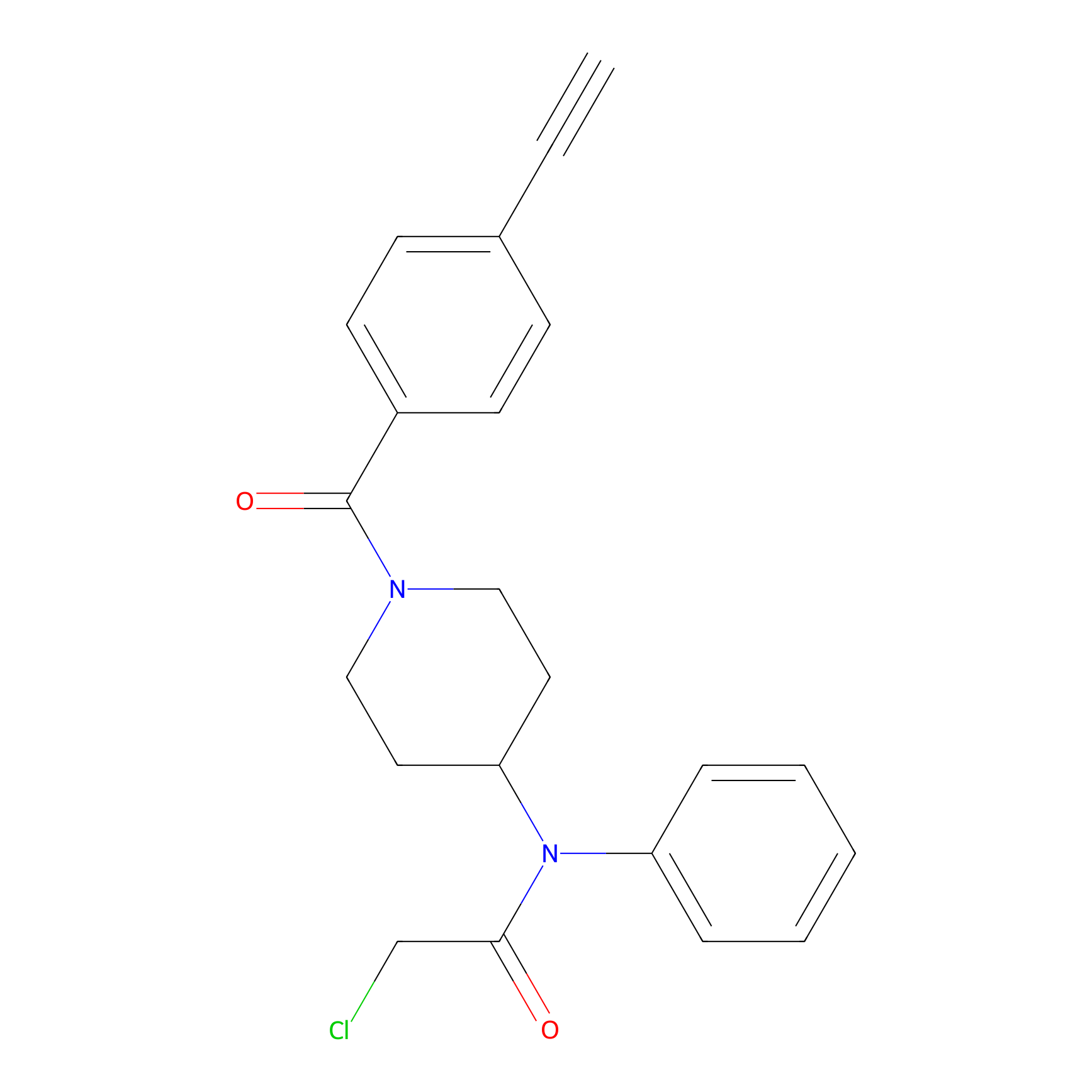 |
C117(0.00); C254(0.00); C510(0.00); C84(0.00) | LDD2213 | [6] | |
Competitor(s) Related to This Target
The Interaction Atlas With This Target
The Protein(s) Related To This Target
Enzyme
Transporter and channel
| Protein name | Family | Uniprot ID | |||
|---|---|---|---|---|---|
| T-cell surface glycoprotein CD3 zeta chain (CD247) | CD3Z/FCER1G family | P20963 | |||
| T-cell surface glycoprotein CD3 epsilon chain (CD3E) | . | P07766 | |||
The Drug(s) Related To This Target
Approved
| Drug Name | Drug Type | External ID | |||
|---|---|---|---|---|---|
| Fostamatinib | Small molecular drug | DB12010 | |||
Investigative
| Drug Name | Drug Type | External ID | |||
|---|---|---|---|---|---|
| Aloisine | Small molecular drug | D00SEC | |||
| K00592a | Small molecular drug | D0T4MJ | |||
| Staurosporine | Small molecular drug | DB02010 | |||
Patented
| Drug Name | Drug Type | External ID | |||
|---|---|---|---|---|---|
| Us8546370, 102 | Small molecular drug | D00HGD | |||
| Us8546370, 11 | Small molecular drug | D09OGH | |||
| Us8546370, 17 | Small molecular drug | D0VE2A | |||
References
